Affiliate disclosure: This post may contain affiliate links. Please see our Privacy Policy.
After 6 years on our off-grid homestead, we’ve learned a thing or two about managing our systems to make sure they’re as dependable as possible. My husband and I both earn our living off the grid, largely from remote work that requires dependable power. No power may mean a quiet day in the garden or by the wood stove, but it also usually means no income that day which can’t happen too often.
For about 9 months of the year, we have a power surplus. We’ve been able to run a surprising number of luxuries off-grid when we initially expected that we’d always be strictly budgeting electricity. Still, our off-grid setup is a bit undersized to get us through the winter, and when it goes down we cant make a living.
A dependable off-grid system is essential to living sustainably out here, especially while we still have a mortgage on our homestead.
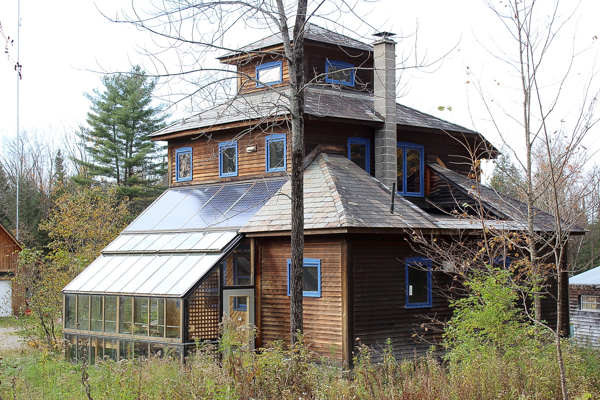
Invest in Direct Current Appliances & Lighting
Most home appliances cant run directly off battery power. That power has to be converted from direct current (DC) from the battery into alternating current (AC) like the power that comes through suburban electrical outlets.
An inverter does that conversion for you and allows you to run standard appliances without a grid connection. The problem is, running an inverter uses up a lot of electricity.
You can save a substantial amount of power by turning off the inverter whenever it’s not needed, but that means that anything that’s continuously running needs to run off DC power. Things like lights and the refrigerator, that you’ll want on even when the sun’s not shining, are better off using DC power straight from the batteries.
DC appliances are relatively easy to come by, and they’re much more dependable than anything you’ll pick up at home depot. Our DC refrigerator is an RF16 from Sunfrost, and it’s run for the past 20 years without issue. Likewise, our two DC freezers are problem-free and use almost no electricity. They’re both from….
DC lighting is a bit more complicated. If you’re going to run DC lighting you need to wire your house in DC, which means you’re committed.
There was a point a few years back when the main DC lightbulb manufacturer decided to close up shop. It was literally someone in their garage in Montana supplying the whole country and they closed down.
There was a 2 year time period when we couldn’t get DC light bulbs except for shipped slow boat from China at significant cost. Luckily other manufacturers have popped up and they’re now once again easily available in the US. They even sell them in bulk packs on Amazon.
To be safe, consider installing light fixtures designed for a boat or RV. Those also run on DC power, and those bulbs are more common. We converted many of our fixtures over to run on small DC halogen bulbs that are used in boat and RV track lighting, called MR-16 bulbs.
Setup a Gravity Well
Our well-pump uses more electricity than anything else we run. We could run a full-sized electric oven for about the same amount of electricity.
If there’s any way to set up a gravity well on your property, your whole system, especially your water supply, would be much more dependable. We stored drinking water, but sometimes in the winter, we’d run the generator just to be able to take a shower and do dishes.
We found a year-round spring recently at the very back edge of our 30 acres. It’s about 600 feet from the house and through dense woods, but we’re hoping to be able to install a gravity well at some point in the future just for dependability. We haven’t yet looked into the costs, but I imagine it’ll be substantial.
If you have a water source that can passively supply your home, it’s worth it to set that up from the beginning to save on electricity in the long term.
Put Solar Panels Where You Can Reach Them
While there’s something to be said about using up free roof space with solar panels, they’re really hard to access. Most of the year that’s not a problem, but after a heavy snow, it can take weeks for them to melt off.
We have friends with ground-based panels and they just dust them off with a broom no problem. Most of our production is at the top of a 2 story building with cathedral ceilings and there’s no practical way to clear those panels.
Some of our panels are on our attached greenhouse, and the warmth of the greenhouse melts those out quickly. We just dust the greenhouse roof off with a push broom and then any breaks of sun cause it to heat up and clear the panels. That’s a much more reliable place to install panels in cold climates.
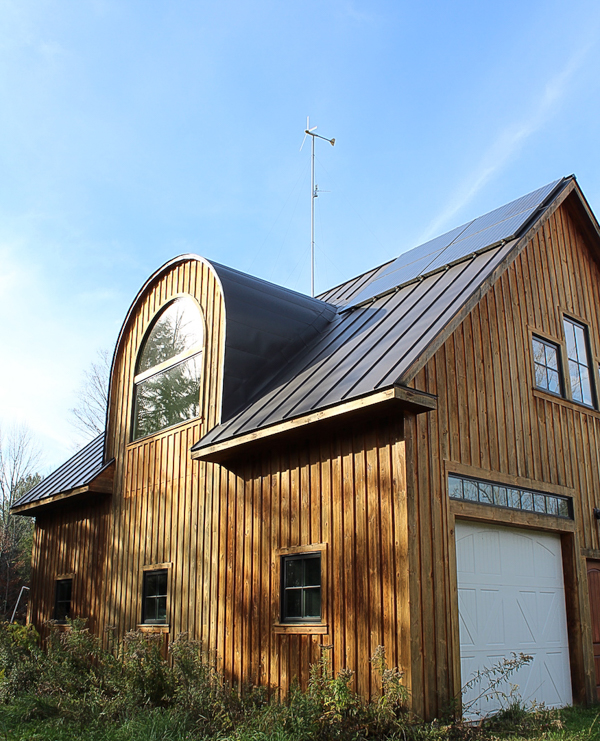
Have More Than One Way to Generate Power
I’ll admit, we don’t get much wind here. It takes serious winter storms to turn our wind turbine, but when a noreaster is blowing through there’s no solar power to be had, so I’m glad we have a wind turbine as a backup.
Having two types of power generation, wind and solar means that we have redundancy. If the sun’s not shining, the wind may be blowing. That’s happened more times than I can count and that wind turbine has allowed us to limp along until the sun returned.
Buy a Larger Battery Bank Than You Think You’ll Need
When we found our off-grid homestead, the battery bank was reaching the end of life. The batteries were 16 years old, which is much longer than they’re rated to last. We didn’t have any idea how much power storage we needed, so he suggested a really basic (and relatively cost-effective) battery bank.
We quickly found out that it wasn’t nearly enough. On sunny days in the summer, our batteries would be full before noon. And then in the winter, we were always scrambling and we logged way too many generator hours.
Try to size your battery bank to your generation ability. We have 12 solar panels with a total generation capacity of 3.6kW, plus a 1kW wind turbine.
Our batteries store 20.5kWh of electricity, and honestly, I wish we’d doubled that to be able to effectively use all our generation in the summer and have a more dependable system in the winter. For more details on our system and what we’re running, check out our off-grid system specs.
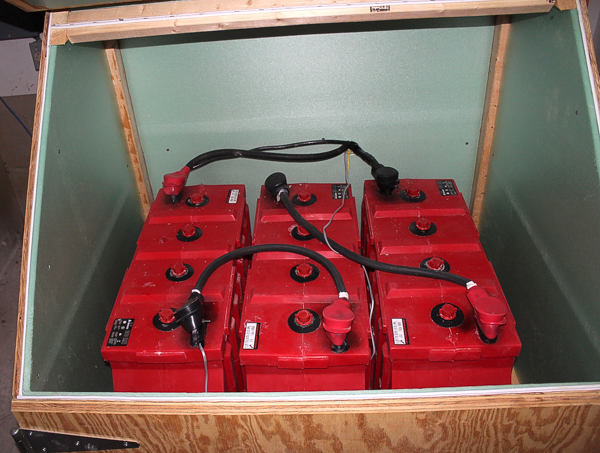
Have a Backup Generator (and learn to maintain it)
So maybe having a generator goes without saying for most people, but I know several people trying to make it work off the grid without one. They’re more hardcore than I am, and they truly believe that burning any fossil fuels is unacceptable. I’m willing to use a bit of generator time to help us limp along, and acknowledge that we’re not perfect, but simply striving for a more sustainable existence.
The part that may be less obvious is learning to maintain it yourself. Generators only break down when you need them, and even if you have an emergency generator tech available in your area, they’ll be swamped during big storms and anytime most people use a generator.
A few years ago, I was 7 months pregnant, and my husband was out of town. We had an ice storm, and then it never went above -20 that week.
Our panels were iced in, our outdoor boiler needed electricity to run, and I ran through all the wood in our basement for our basement wood stove. I couldn’t haul wood fast enough to keep the house warm.
Of course…the generator also broke down. I couldn’t figure out how to repair it, and the tech took 4 days to show up. I managed to keep the house a toasty 45 degrees, but that’s an experience I’m not excited to repeat.
Your generator will break down. It’s inevitable. You should know the basics of troubleshooting it, and ideally, know how to do substantial repairs if need be.
Keep Spare Parts on Hand
Sometimes all it takes is a blown fuse to shut you down. We managed to blow a fuse Friday afternoon on a holiday weekend mid-winter when we really needed the generator. Without a tiny little fuse, we couldn’t charge the batteries from the generator.
Luckily we had a backup circuit that allowed us to run the whole house directly off the generator. It was installed so that the house could still function off the generator if the inverter went down, and it saved us in this case.
Take a look at your system, and figure out if there are any small parts that are inexpensive but critical to the functioning of your system.
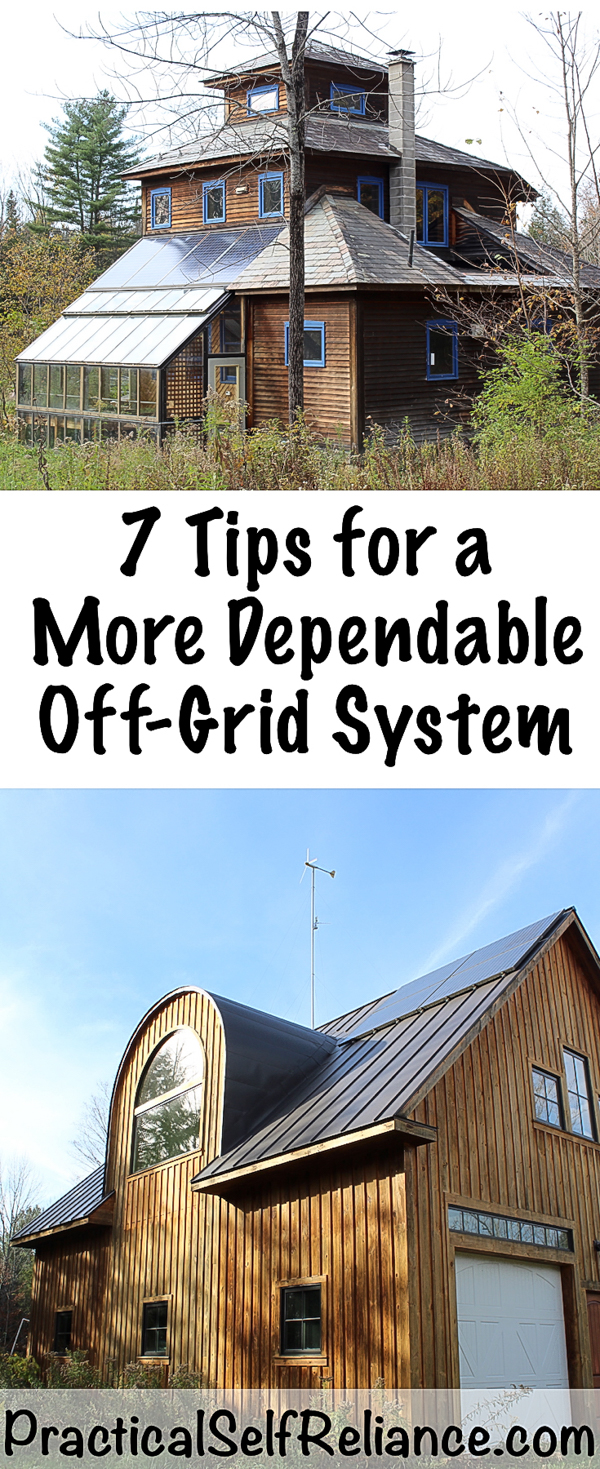
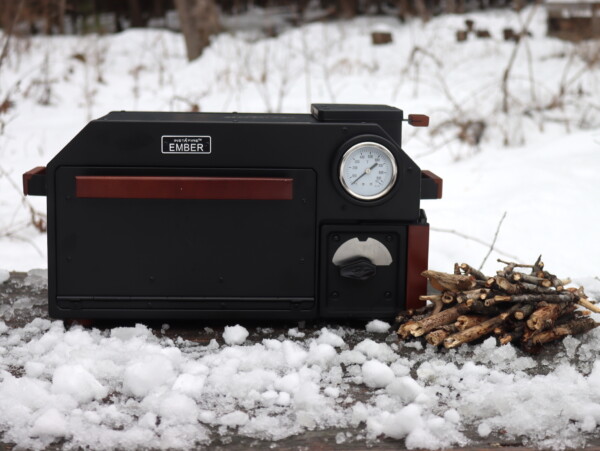
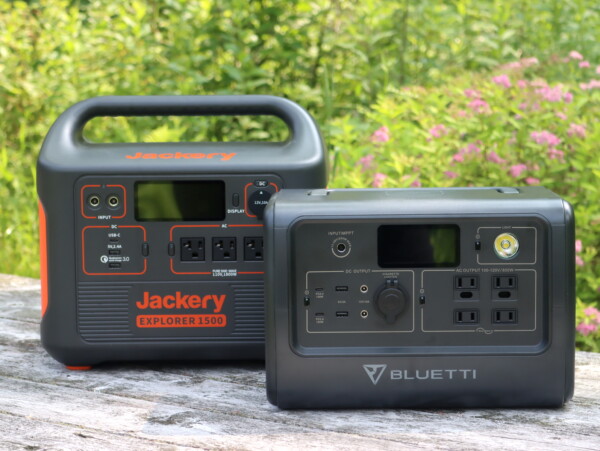
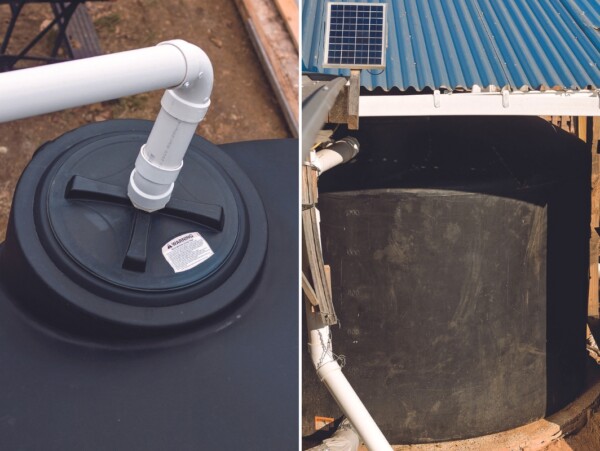
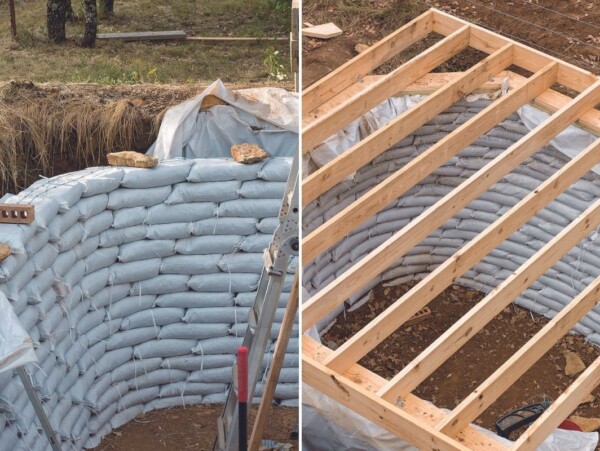
The DC freezers you use don’t appear to have a link. Curious about them!
Both the DC refrigerator and freezer companies went out of business in the last few years, no idea why. I’m still looking for a new source for those to share with y’all (and honestly, a source for parts for ours). It’s unfortunate. If anyone knows of any new DC refrigeration companies I’m all ears!
There is some great information in this section. Having lots of charging ability is all well and good – but if you don’t have enough storage batteries, you are still going to struggle…ditto for having too many batteries and not enough charging ability. Wish we had your lack of wind problem in Cooktown, far northern Queensland, Australia. It was so windy a couple summers ago that our wind generator literally blew apart! Putting up a new one soon.
Reliability of petrol and diesel powered generators is not what it used to be, and some of the cheap Chinese brands now on the market will hardly last out a heavy-usage year. We run a combination of solar-wind-petrol generator and it works well for our conditions. Wishing you all the best for your future. Think of us sweltering in 100+ degree heat in summer, your winter! Stay safe and well during covid – best time to be living remote from cities….
Hello, We live a similar life off-grid in northern Minnesota. We have 8kW roof mounted system running a total of eight golf cart batteries for our battery bank. We run a 48v outback inverter. I have found that a set of concrete bull float handles and a 36″ concrete finishing broom to be the answer for dealing with snow covered panels. I have a total of 30′ worth of these lightweight clip together handles and I can completely clear my 24 panels in about 10 minutes from the ground… may be something to consider for clearing your panels. We rely on a Honda EU3000is generator for about 3-4 months during the winter, usually running it for 4 hours every evening before bed. Our choice to be off grid was decided by the local power company and the $10,000 quote to bring power a quarter mile back to our property. Haven’t looked back, being off-grid is still much cheaper than a grid connection even after I buy hundreds of gallons of gas every winter. I wired our 2000 sq ft house and my wife’s 1000sq ft pottery studio with a conventional ac electrical system and have so far been very satisfied with the systems performance. We use a grundfos 120v soft start well pump and a 120v conventional inverter fridge and have no issues. By the way, both buildings are slab on grade construction and we heat them with in-slab hydronic heat supplied from a 35 year old tarm boiler.
Wow…this all sounds so familiar to me! You’ve certainly covered most of the bases in living Autonomously. Necessity is the mother of invention and I’m glad to be a part of this lifestyle. Keep up the good work!
Halogen lights and incandescent lights are inefficient from a light standpoint, but to add heat to an area are great. I use 100 watt light bulbs to keep my well pump house from freezing. Electric heaters do not last the winter because of the humidity. An incandescent bulb would last a Kansas winter. A halogen lasts 1.5 winters but cost 10x more.( but the us government outlawed incandescent bulbs: What happened to freedom of choice!? Rhetorical Rant over) If i don’t use heat the well house. I have to leave water running (dripping) at a cattle tank (not entirely bad the cows have open water no matter the weather) & I dont have to chopp Ice on that tank for cows. Inefficiency is in how you use the item. As for halogen bulbs producing UV that can be an advantage when used with other kinds of grow lights & UV kills certan pathogens.
I would definitely get rid of those MR-16 halogen bulbs. They are horrendously inefficient. Around 12 lumens of light per watt of electricity. Whereas LED lights produce 75 lumens per watt of electricity. The MR16 produces a lot of UV and infrared light as well as visible light whereas the LED light is produces mainly visible light. So you could get 6 times the light from the same amount of electricity or get the same light output from only one sixth the amount of electricity. You can get LED replacement globes to fit if you want to keep the same fittings but i would suggest changing over to a larger light fitting. Especially as many MR16 light fittings are designed to allow constant cooling air flow past the globe and into the roof space. There can be significant insulation advantages to a cooler running fully sealed LED light fixture.
I’m not surprised you struggled to heat that place in winter, it’s a huge house! What’s the square footage? 2000+?
What is your insulation like? How energy efficient is the house in terms of energy required to keep it at a constant temperature.
I think that’s probably the biggest single mistake people make when going off-grid. It is, arguably, the single biggest use of energy … heating a home. Even if you use firewood/have a fireplace, you really need to consider how well your home uses the heat it produces, so you’re not burning a metric ton of wood just to keep above 50F.
Ha…no unfortunately. Our house is about 1200 square feet, and all one room. There’s a loft above the livingroom/kitchen where our beds are, and then there’s a tiny 10×10 reading noon turret at the very top that’s been shut off completely since we had kids (you can’t get a 1-year-old up a ladder easily). Our walls are a full 12” thick, with double 6” studs and insulation, and the roof has a boatload of blown in insulation, windows are all double pained, etc.
The picture I think you’re looking at is our garage/shop. That’s huge, roughly 30’x40′, and we do have the option to heat it but mostly don’t.
The main reason we have heat issues is that the pumps in our external boiler require electricity to run. Since that’s our primary source of heat, and it won’t work without electricity, that’s the problem. We have a woodstove in the basement, which works great, but requires hardwood to run. Most of our land is hemlock, so hardwood, unless we buy it, is in short supply. Still, we can heat the house just fine with the woodstove most of the time, the only time we had trouble was when it’ stayed well below 0 for about 10 days straight, with lows around -25 and highs around -10. Add in the fact that I was 8 months pregnant at the time, and that was a brutal week of trying to get my whale of a self up and down those basement stairs to keep the house liveable.
Hello,
You have a very large lot. If we heated a passive solar home with solar panels do you think we could build a homestead on 10 acres? Thanks.
Charles